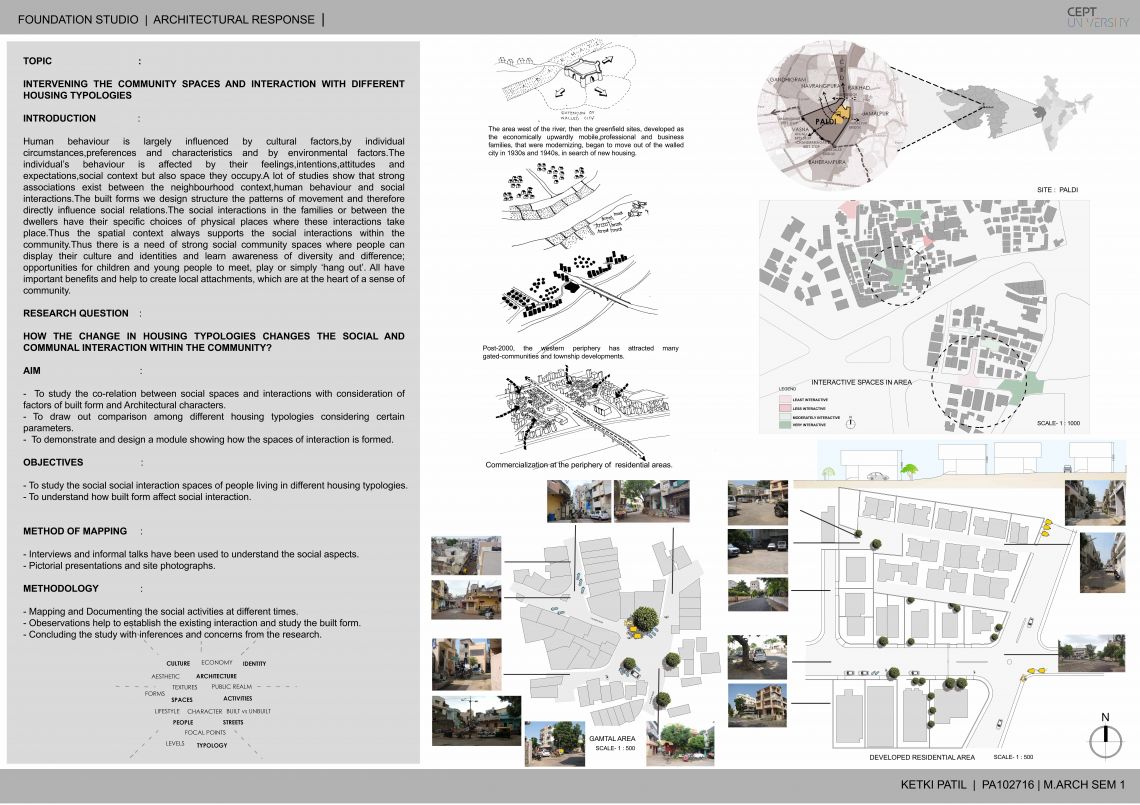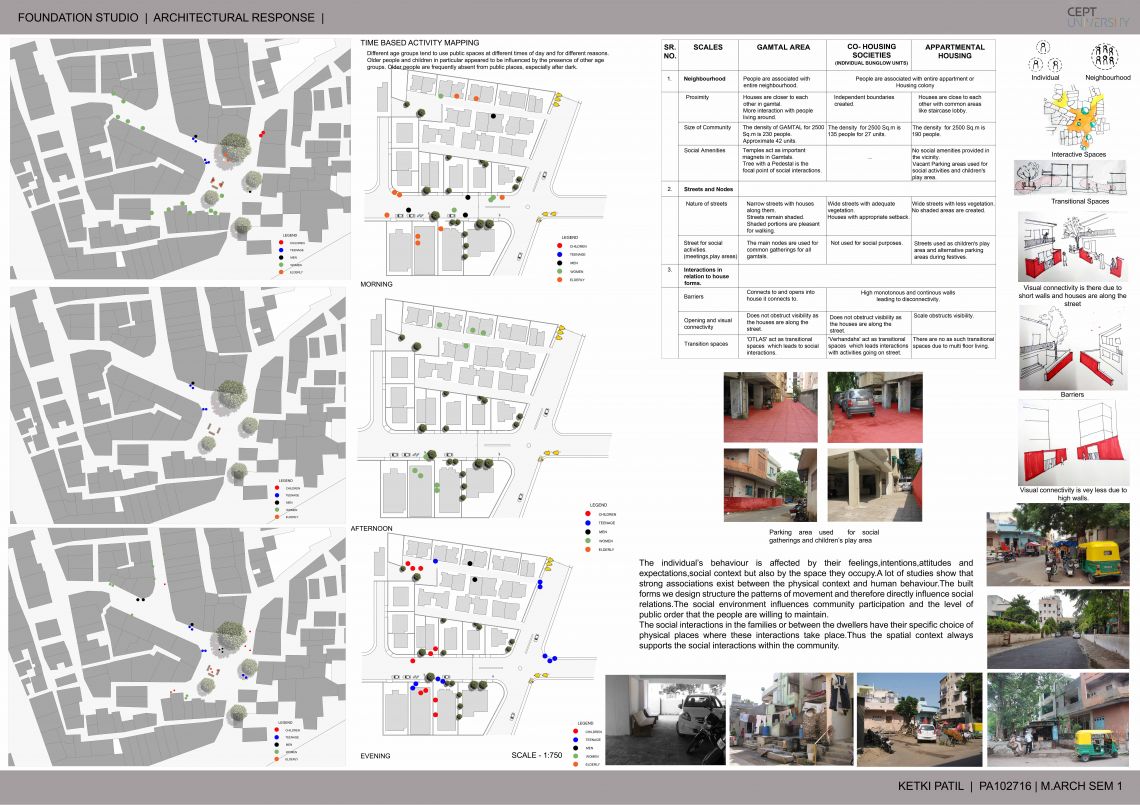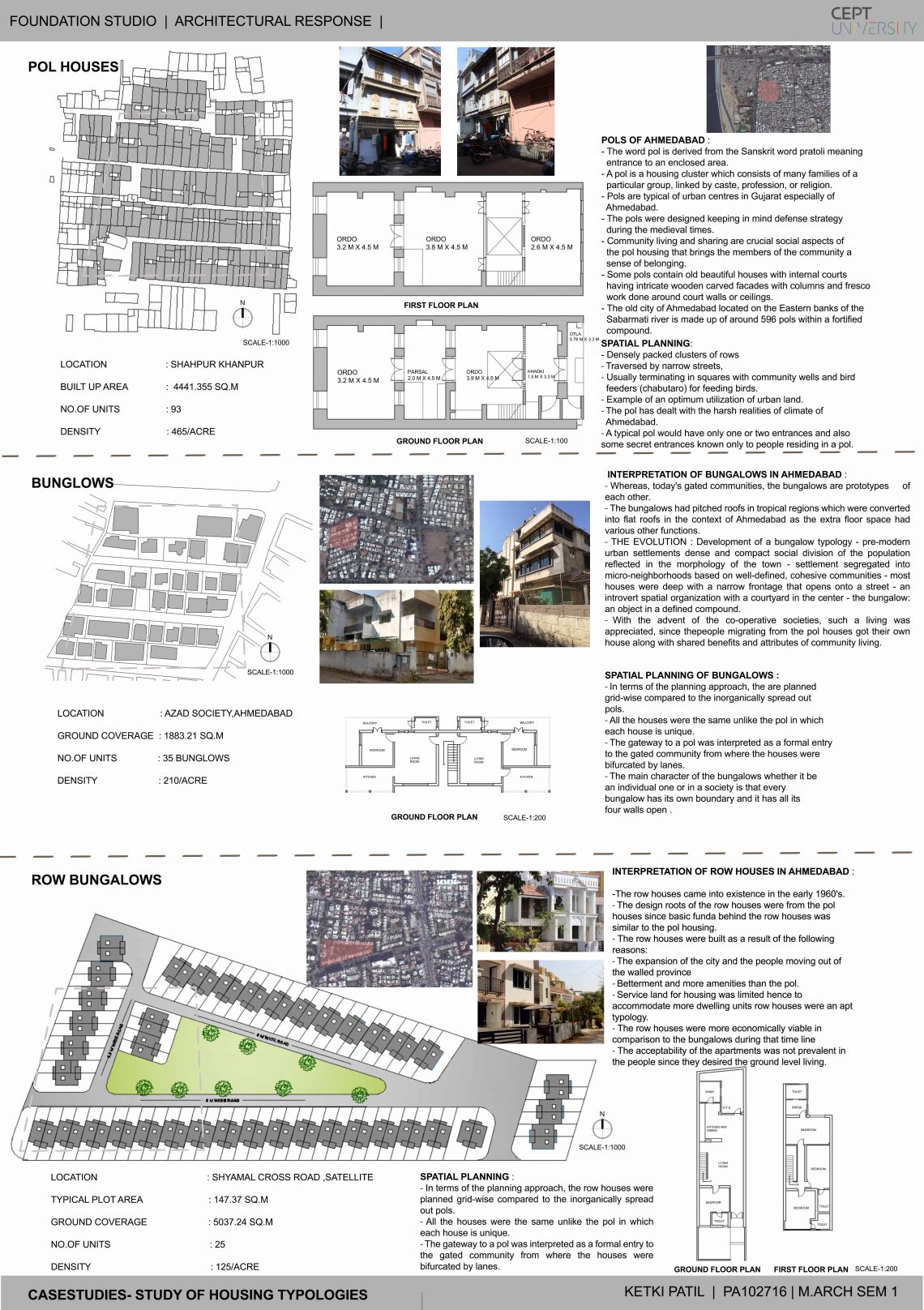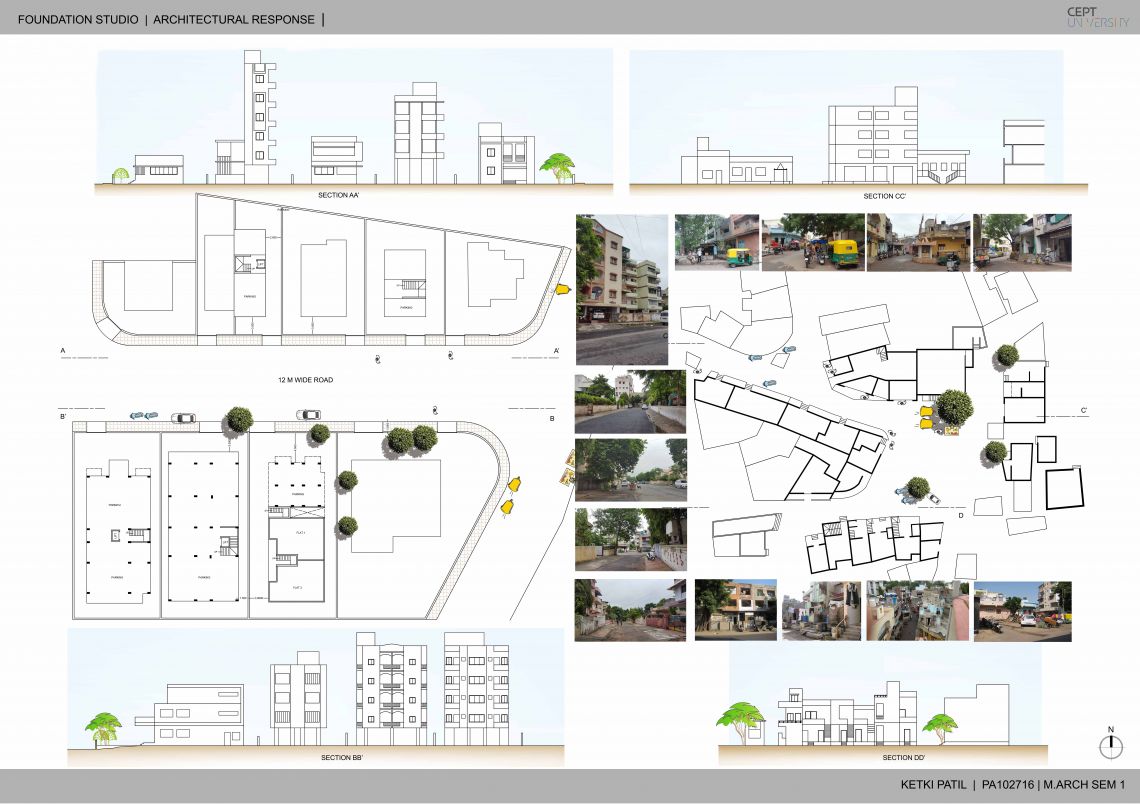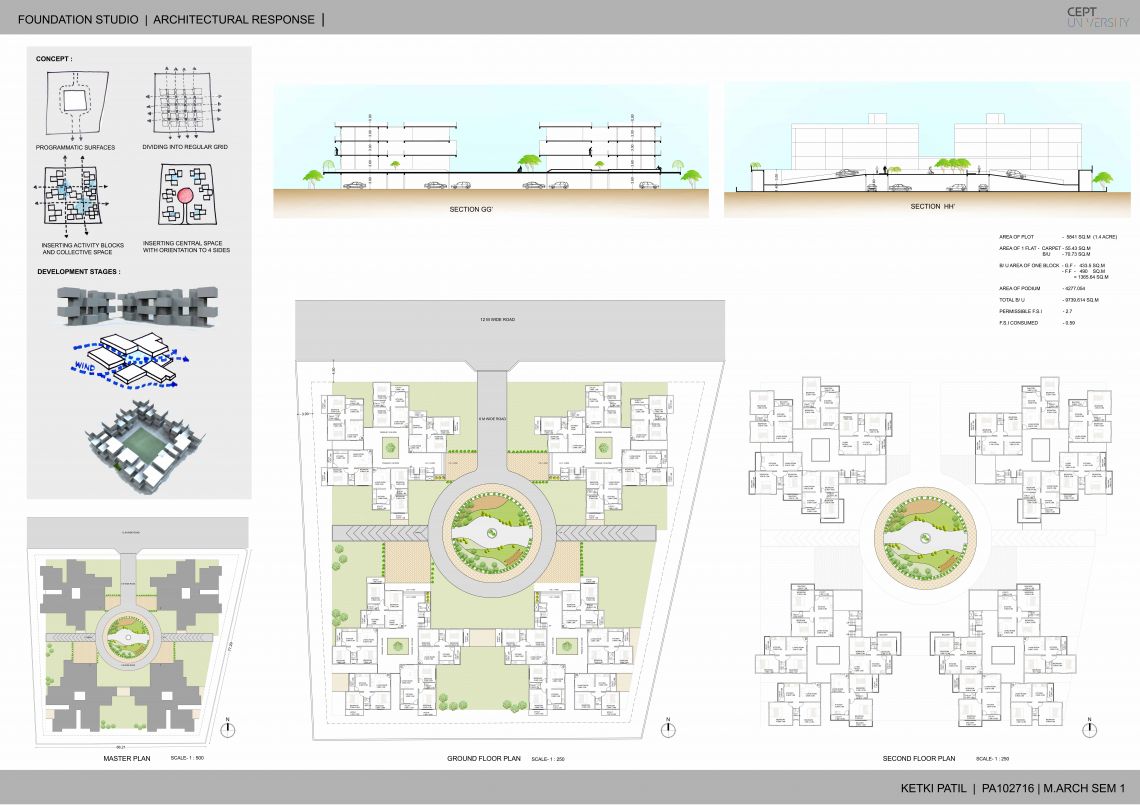Your browser is out-of-date!
For a richer surfing experience on our website, please update your browser. Update my browser now!
For a richer surfing experience on our website, please update your browser. Update my browser now!
Human behavior is largely influenced by cultural factors,by individual circumstances,preferences and characteristics and by environmental factors.The individual’s behaviour is affected by their feelings,intentions,attitudes and expectations,social context but also space they occupy.A lot of studies show that strong associations exist between the neighbourhood context,human behaviour and social interactions.The built forms we design structure the patterns of movement and therefore directly influence social relations.The social interactions in the families or between the dwellers have their specific choices of physical places where these interactions take place.Thus the spatial context always supports the social interactions within the community.Thus there is a need of strong social community spaces where people can display their culture and identities and learn awareness of diversity and difference; opportunities for children and young people to meet, play or simply ‘hang out’. All have important benefits and help to create local attachments, which are at the heart of a sense of community.The task was to study the co-relation between social spaces and interactions with consideration of factors of built form and Architectural characters, To draw out comparison among different housing typologies considering certain parameters.
